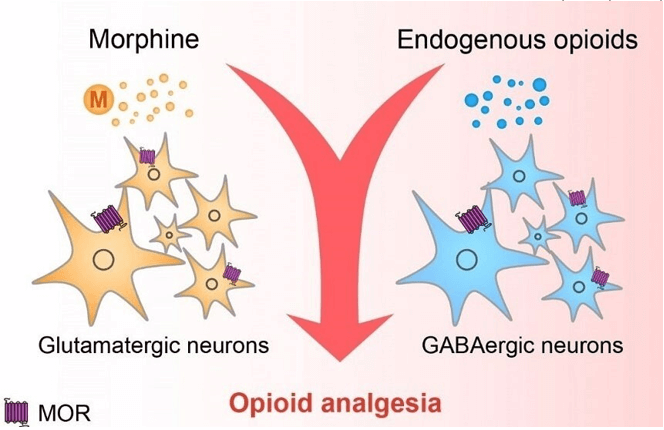For the past six hours, a postoperative male client has refused pain medication because he believed that he could "tough it out." When an opioid analgesic is administered, the client has difficulty obtaining a satisfactory level of comfort.
Which action is best for the practical nurse (PN) to use in assisting this client to deal with his pain?
Dim the lights in the room and close the door.
Guide the client through slow, rhythmic breathing.
Turn the television on to the client's favorite show.
Obtain a prescription for a higher dose of pain medication.
The Correct Answer is B
This is the best action for the PN to use in assisting this client to deal with his pain because it provides a non- pharmacological method of pain relief that can enhance the effect of the opioid analgesic. Slow, rhythmic breathing can help the client relax, distract from the pain, and increase oxygenation and blood flow.

Nursing Test Bank
Naxlex Comprehensive Predictor Exams
Related Questions
Correct Answer is B
Explanation
The infant has hypoglycemia, which is a low blood glucose level that can cause jitteriness, lethargy, seizures, or coma. Hypoglycemia is common in infants of mothers with gestational diabetes, as they produce excess insulin in response to high maternal glucose levels. The PN should begin frequent feedings of breast milk or formula, as this can provide a source of glucose and stimulate the infant's own glucose production.
The other options are not correct because:
A. Offering nipple feedings of 10% dextrose may be indicated in some cases of severe hypoglycemia, but it is not the first intervention. The PN should try oral feedings of breast milk or formula first, as they are more natural and less invasive.
C. Repeating the heel stick for glucose in one hour may be necessary to monitor the infant's glucose level, but it is not the first intervention. The PN should treat the hypoglycemia first, as it can have serious consequences if left untreated.
D. Assessing for signs of hypocalcemia may be important, as hypocalcemia is another possible complication in infants of mothers with gestational diabetes, but it is not the first intervention. The PN should address the hypoglycemia first, as it is more urgent and more likely to cause jitteriness.
Correct Answer is D
Explanation
The correct answer is choice D. Cleanse the finger with soap and water.
Choice A rationale:
Explaining the occurrence to the client is not the first action the PN should take in this situation. The priority is to address the potential exposure to bloodborne pathogens and ensure the PN's safety.
Choice B rationale:
Observing the appearance of the injection site is important for routine assessment but is not the first action the PN should take after getting stuck with the used needle. Immediate action to clean the wound site is essential to reduce the risk of infection.
Choice C rationale:
While notifying the charge nurse about the incident is important, it should not be the first action taken. The PN's safety should be addressed first by cleansing the finger.
Choice D rationale:
The PN should first cleanse the finger with soap and water immediately after getting stuck with the used needle. This action helps reduce the risk of infection and contamination. After cleansing, the PN can follow the facility's protocol for reporting incidents and seek necessary medical attention if required.
Whether you are a student looking to ace your exams or a practicing nurse seeking to enhance your expertise , our nursing education contents will empower you with the confidence and competence to make a difference in the lives of patients and become a respected leader in the healthcare field.
Visit Naxlex, invest in your future and unlock endless possibilities with our unparalleled nursing education contents today
Report Wrong Answer on the Current Question
Do you disagree with the answer? If yes, what is your expected answer? Explain.
Kindly be descriptive with the issue you are facing.
